Scandals in College Sports
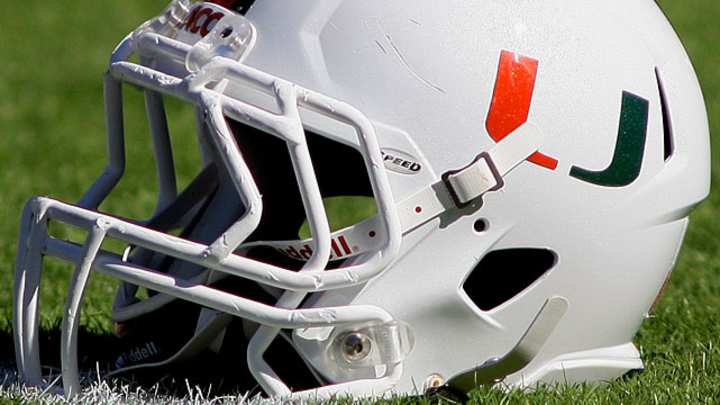
Scandals in College Sports

The latest scandal for the perpetually plagued NCAA, Miami is now amid a mess of allegations. News surfaced earlier in the week that booster Nevin Shapiro provided thousands of illegal benefits to past and present Hurricanes from 2002 to '10, among which included prostitutes, cars, paid vacations. Currently jailed for his part in a $930 million Ponzi scheme, Shapiro also revealed that his gifts were acknowledged by coaches and staff, all of whom made no effort to stop him. Seventy-three athletes were implicated in the report, making this arguably the most blatant NCAA violation of all-time -- and a cause for the harshest of possible punishments.
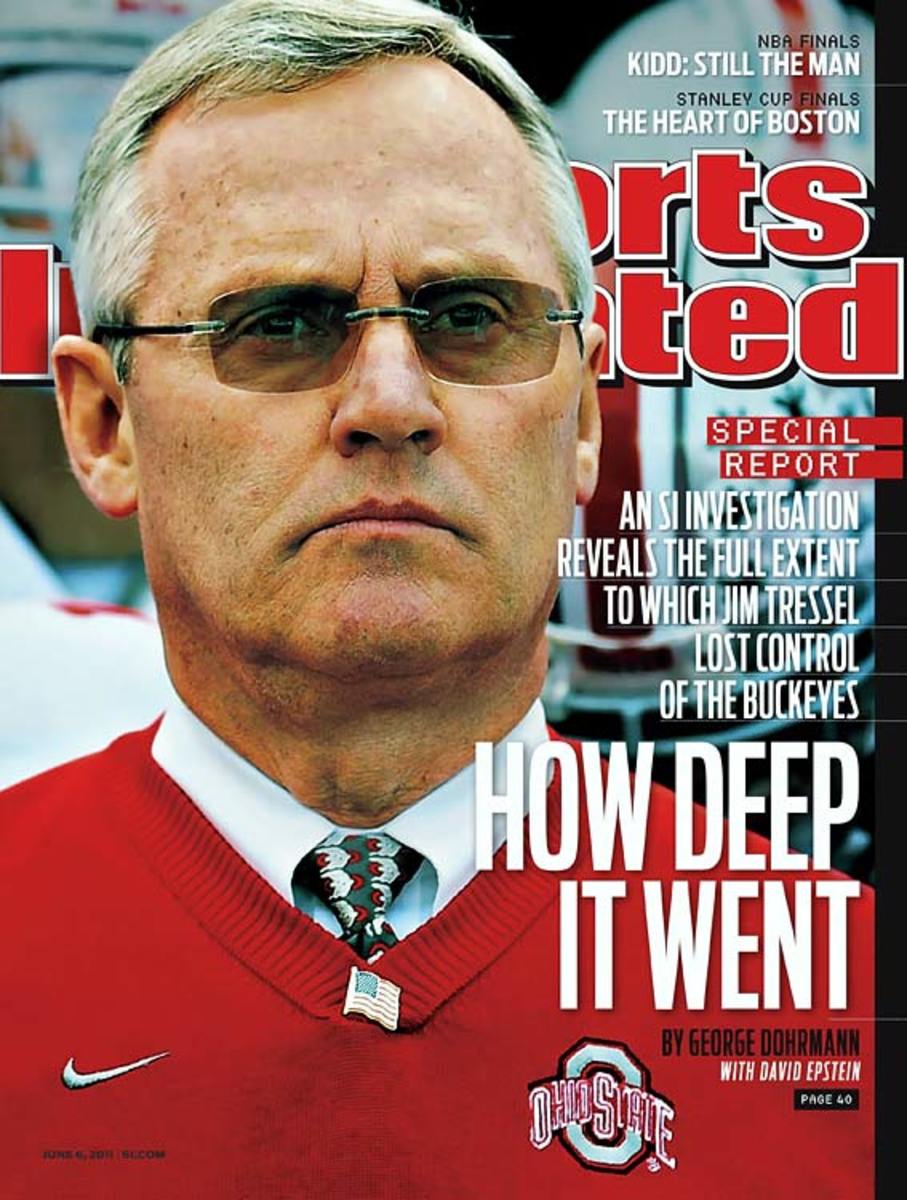
Ohio State had quite the turbulent offseason following its 31-26 Sugar Bowl triumph over Arkansas. Months after it was uncovered that five Ohio State players traded memorabilia, including championship rings, for tattoos at a local parlor, a Sports Illustrated report revealed that the scandal dated as far back as 2002, and that head coach Jim Tressel had omitted numerous violations to keep many of his players eligible. The investigation triggered a series of events. Tressel resigned as the Buckeyes' frontman. Pryor forewent his senior year in Columbus. The program vacated all of its 2010 wins and imposed two years of self-sanctions, leaving new coach Luke Fickell and the 2011 Ohio State squad reeling.
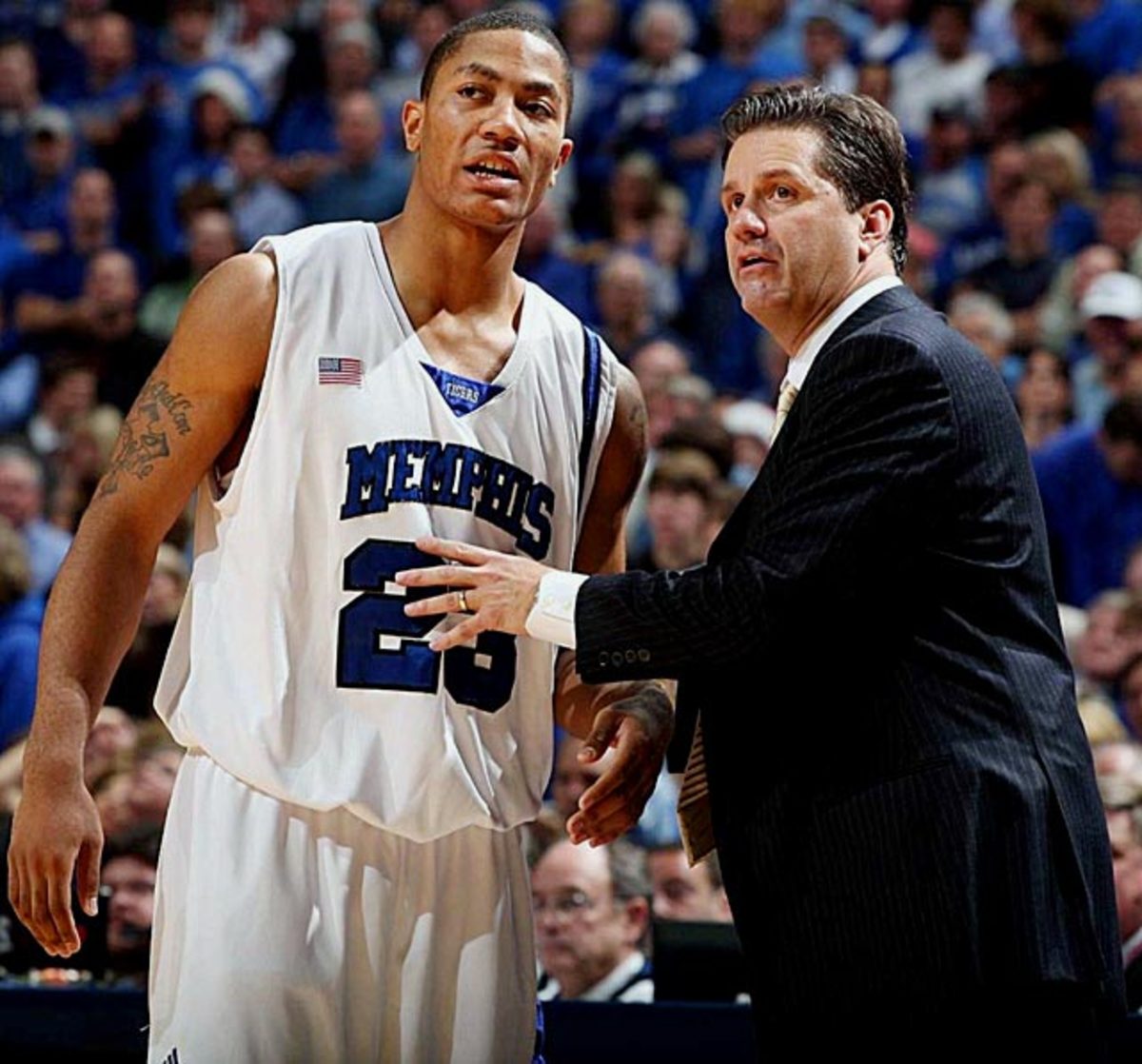
After choking away the national championship in April 2008, Memphis faithful thought their team had fallen from the national spotlight. That proved to be false, but not for the reasons Tigers' fans may have hoped. Just months after their defeat to Kansas, reports surfaced that a player -- speculated to be Derrick Rose -- knowingly allowed someone to take his SATs and submitted false test scores. Memphis was punished, forced to vacate its wins from the previous season, but several other parties escaped the NCAA's wrath. Rose bolted for the NBA draft, and coach John Calipari left for Kentucky.
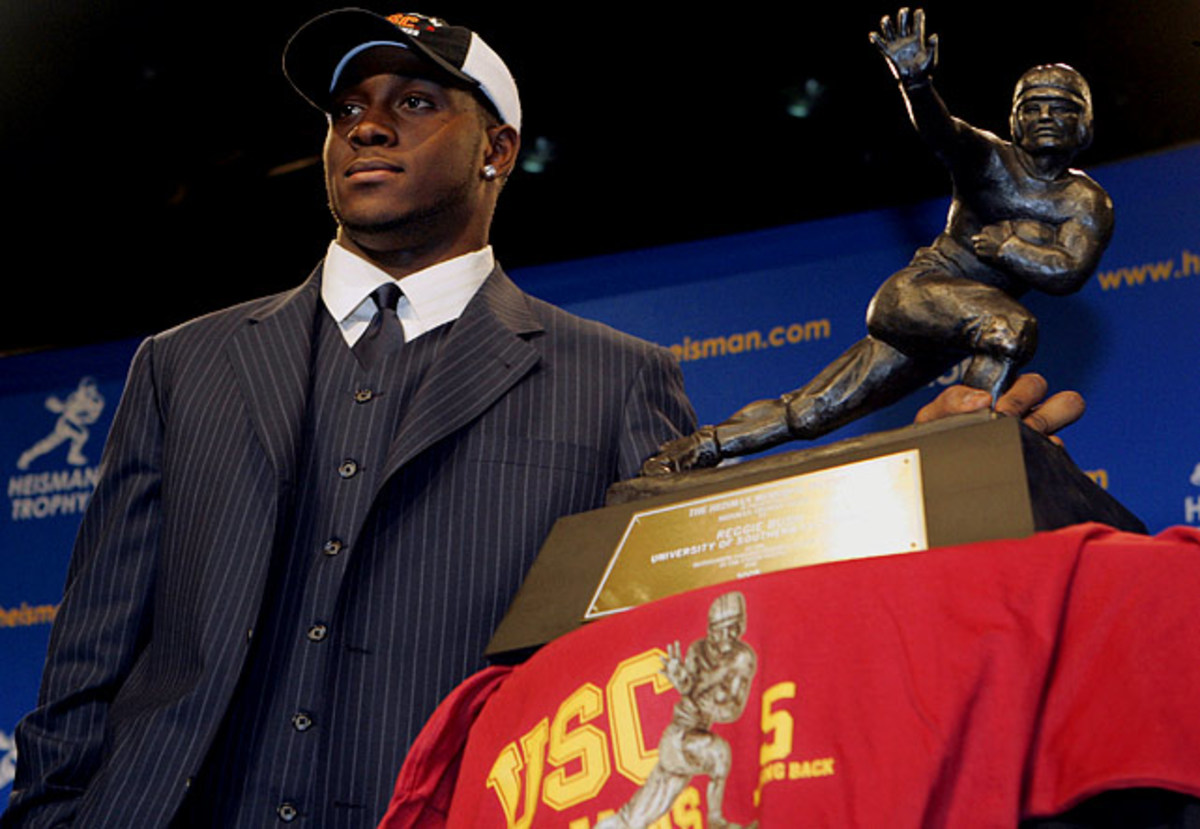
Flipping through the NCAA record books, it's evident that no one won the 2005 Heisman. That's because Reggie Bush, the former winner, was stripped of the award after it came to light that his parents were paid hundreds of thousands of dollars in illicit benefits. Bush surrendered the storied trophy, and USC also paid a high price. Though head coach Pete Carroll took off for the NFL, his Trojans were stripped of 30 scholarships and handed a two-year postseason ban.
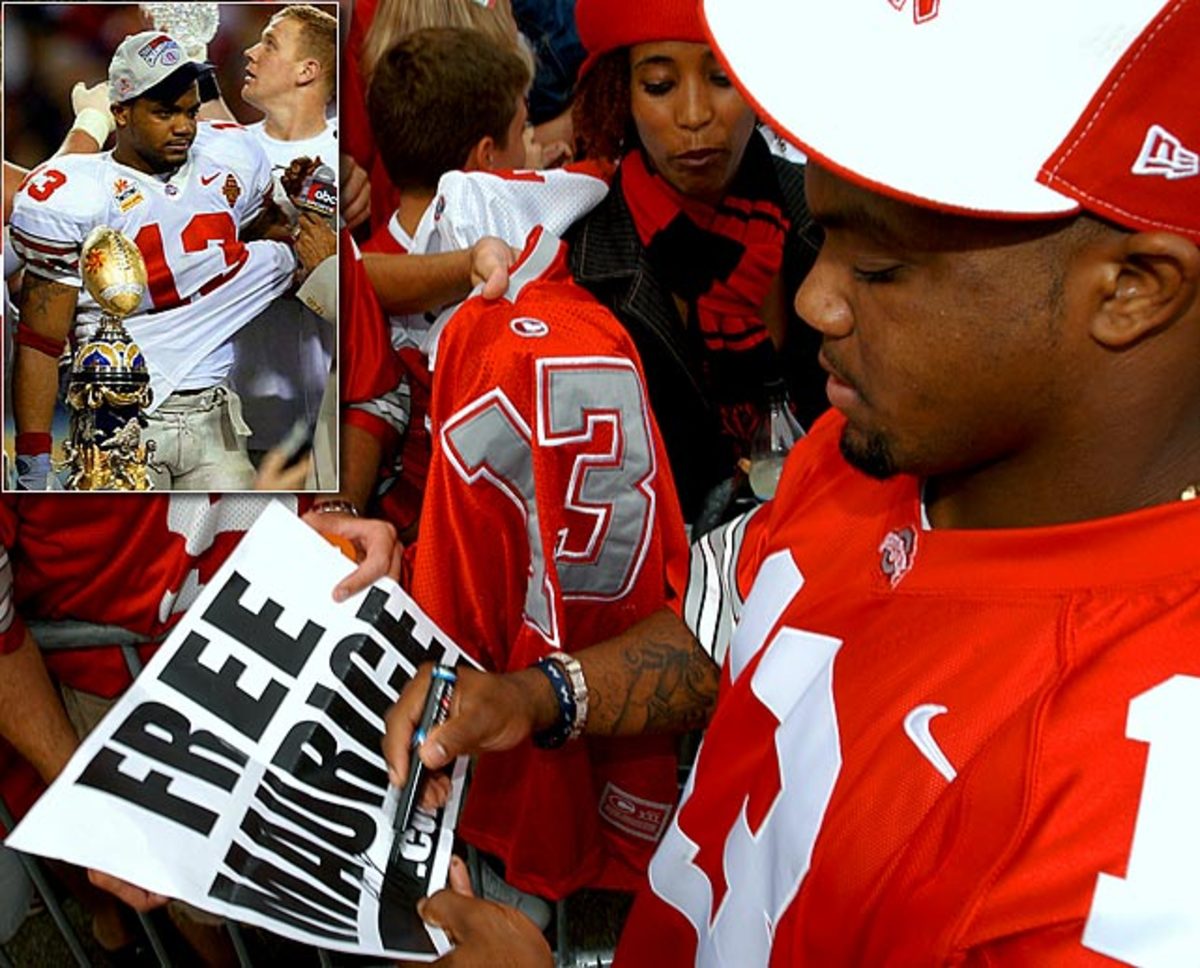
Running back Maurice Clarett was a sensation in 2002, rushing for 1,237 yards and 18 touchdowns to lead Ohio State to a national championship. His perception as a phenom quickly faded. Clarett was dismissed from Ohio State in 2003, after it was revealed he accepted preferential classroom treatment, kept thousands of dollars in illegal benefits and repeatedly misled federal investigators. Clarett was arrested on counts of armed robbery in 2006.
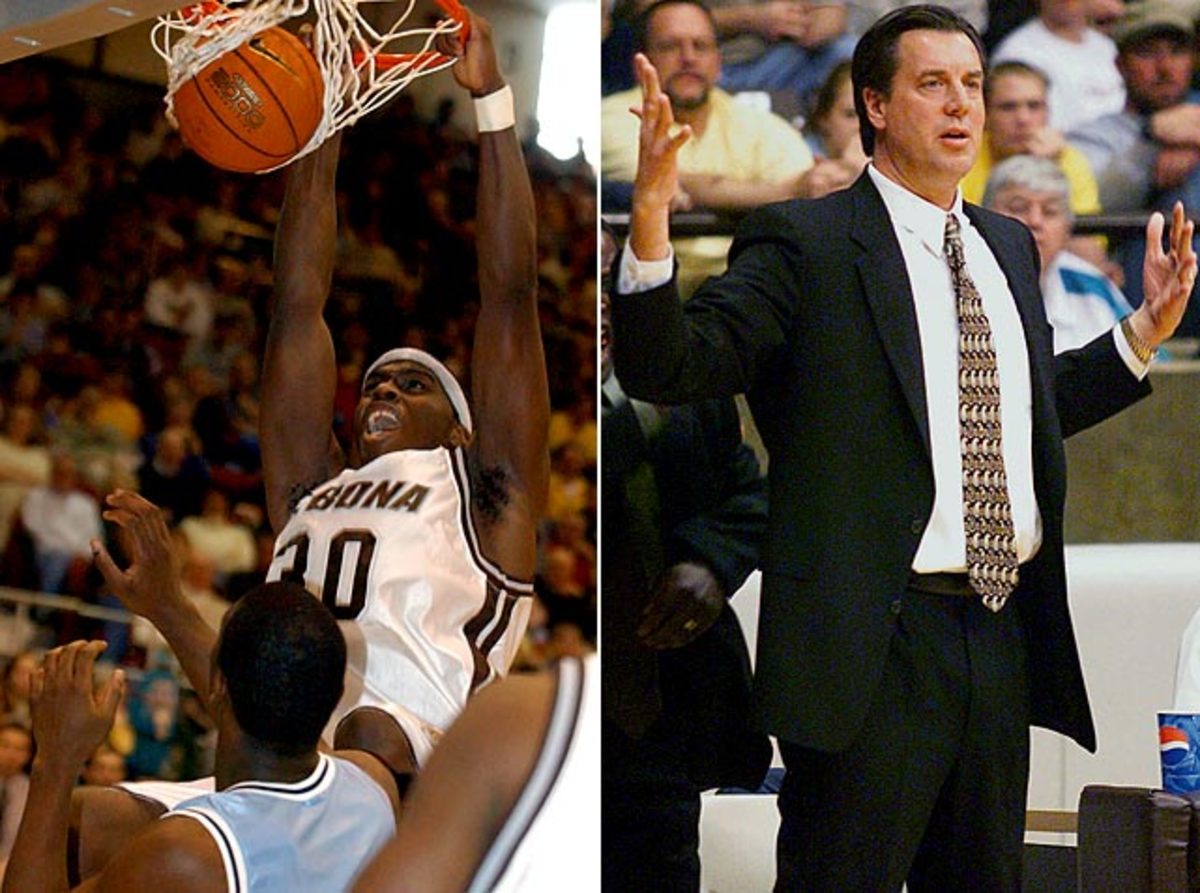
St. Bonaventure tried to dupe the NCAA when it admitted Jamil Terrell, a junior college transfer, to the university and basketball team in 2002. Bad choice. Terrell had earned just a welding certificate from Coastal Georgia Community College, far short of the academic standards that qualify for NCAA Division-I eligibility. When news surfaced, the Bonnies faced the consequences. The team forfeited every game Terrell played in and were banned from the Atlantic-10 conference tournament. Head coach Jan van Breda Kolff was fired.
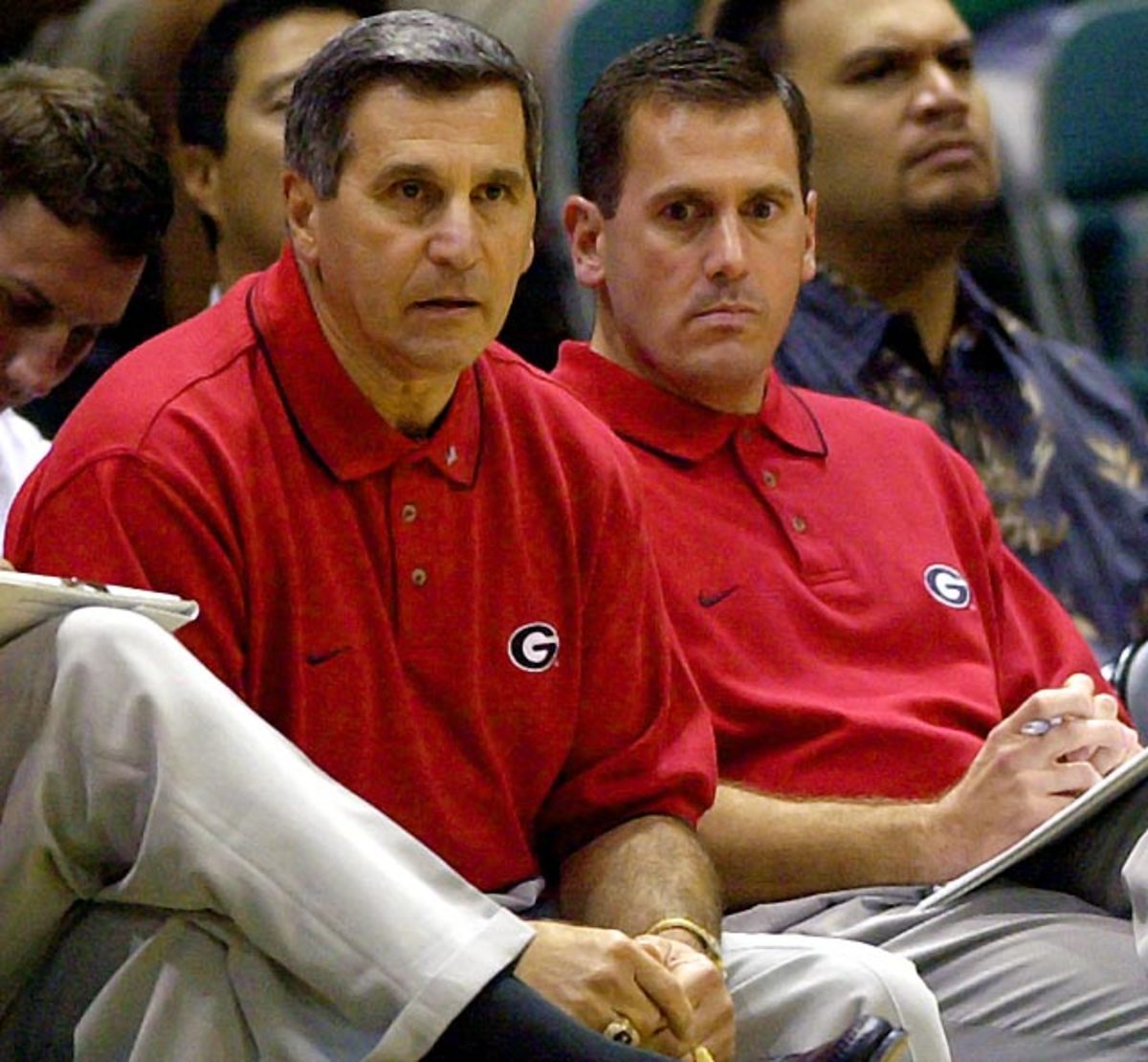
Former Georgia head coach Jim Harrick led the Bulldogs to back-to-back NCAA tournament appearances in 2001 and 2002, and seemed destined for a third consecutive trip as the team entered the SEC tournament with a 19-8 record. Promise soon turned to peril. Harrick and son Jim Jr., an assistant coach, were found guilty of providing players with A's in classes they never attended and paying for various expenses, including long-distance phone calls. Jim Jr. was fired, and the elder Harrick resigned just days later.
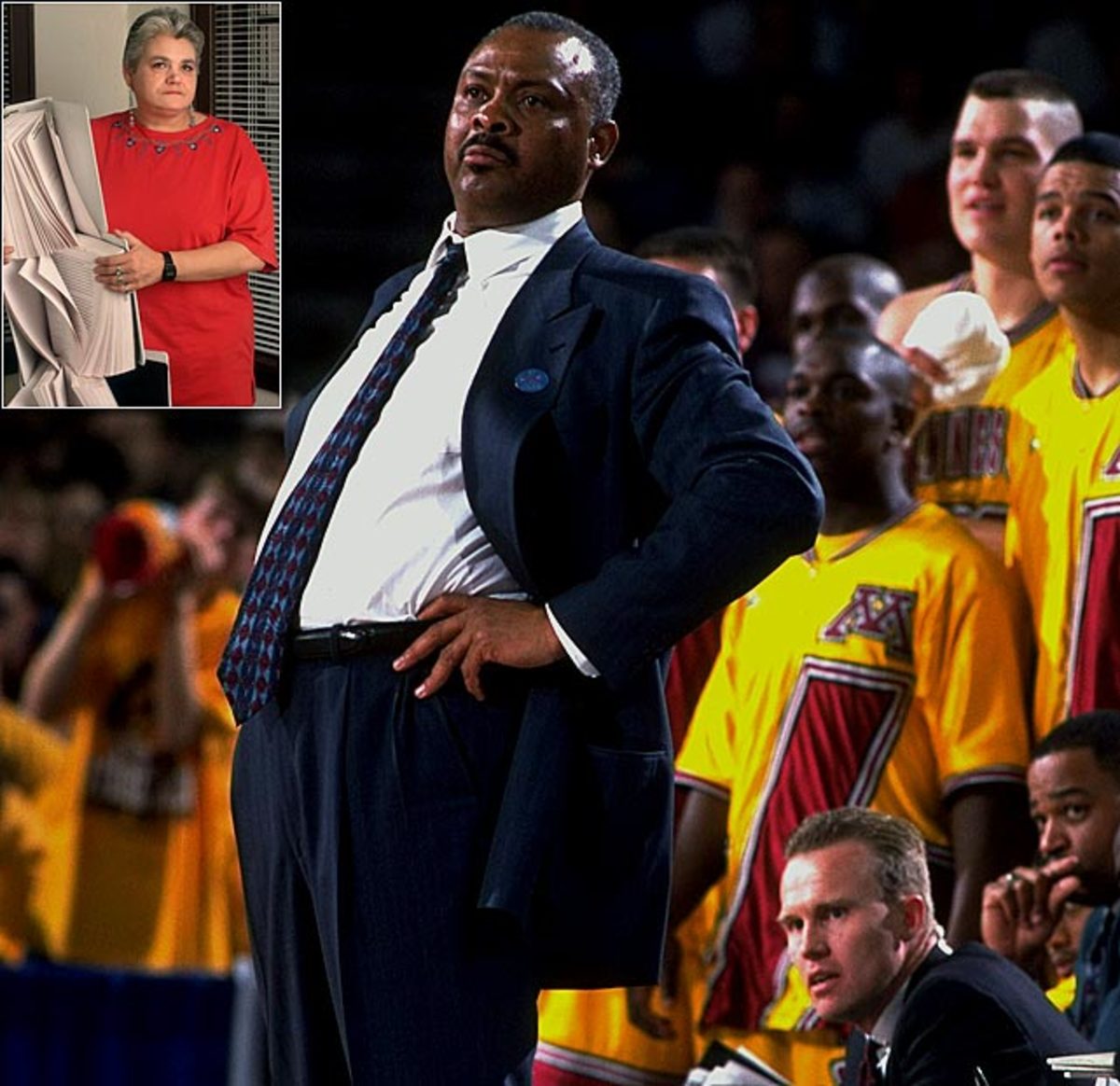
During his tenure as Minnesota head coach, Clem Haskins led the Golden Gophers to the NCAA Tournament in 1994, 1995, 1997 and 1999, even boasting a Final Four berth. Looking through the record books, none of that ever happened. Days before the team's first-round showdown with Gonzaga in 1999, it was reported that the program had allowed widespread academic fraud, with former manager Jan Gangelhoff claiming she'd written more than 400 papers for at least 20 players. The allegations proved to be true, and the NCAA struck swiftly. Minnesota was stripped of all awards, records and titles from 1993 to 1999, and lost five scholarships over the next three seasons. Haskins, AD Mark Dienhart, Vice President of Athletics McKinley Boston, assistant AD Jeff Schemmel and academic counselor Alonzo Newby all lost their jobs.
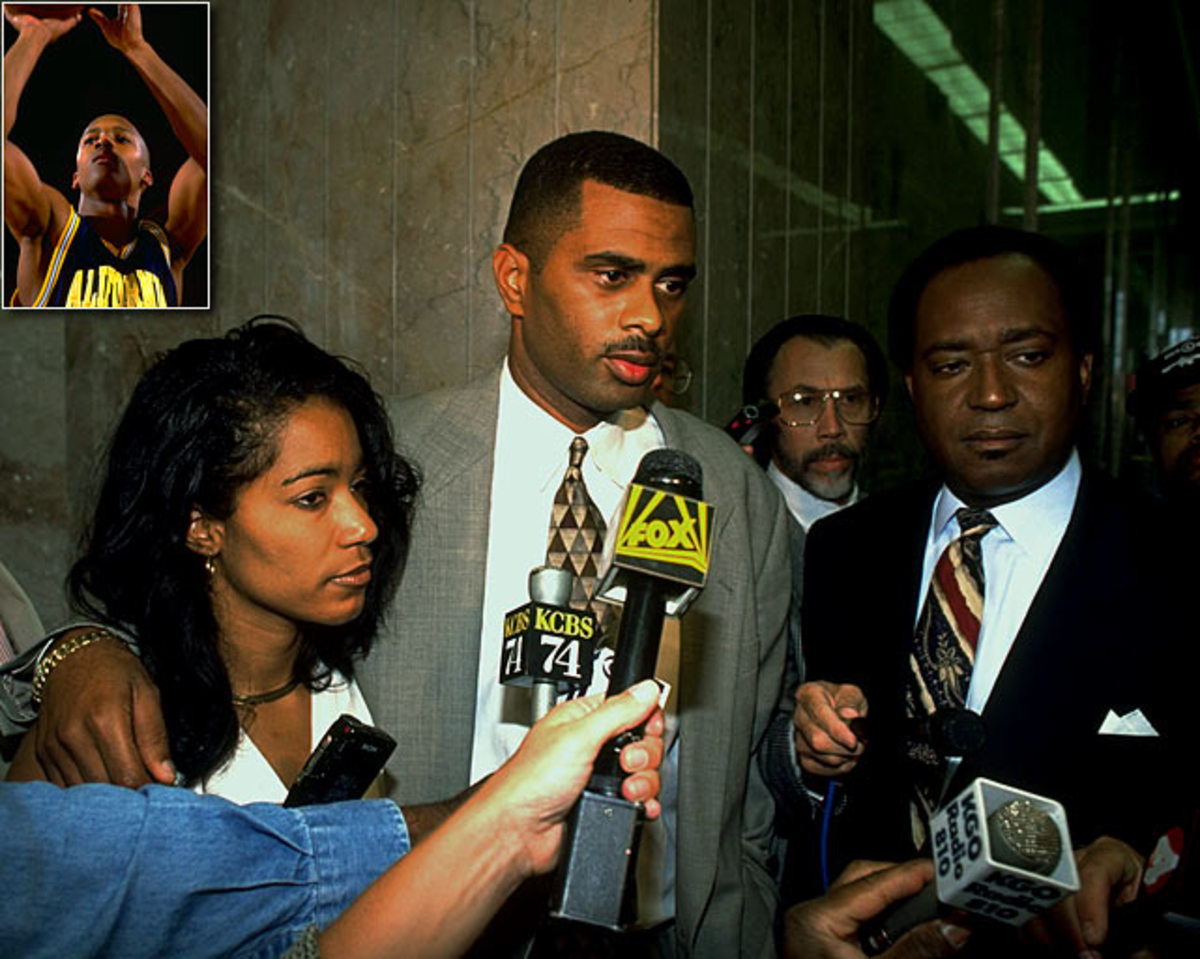
After leading Cal to the Sweet 16 as a mere 29-year-old in 1993, head coach Todd Bozeman seemed primed for a long and illustrious career. It didn't turn out that way. In 1996, Bozeman was forced to resign after it was exposed he paid $30,000 to top recruit Jelani Gardner's parents, compensating for their travel to games. To compound matters, he was also the subject of a sexual harassment complaint.
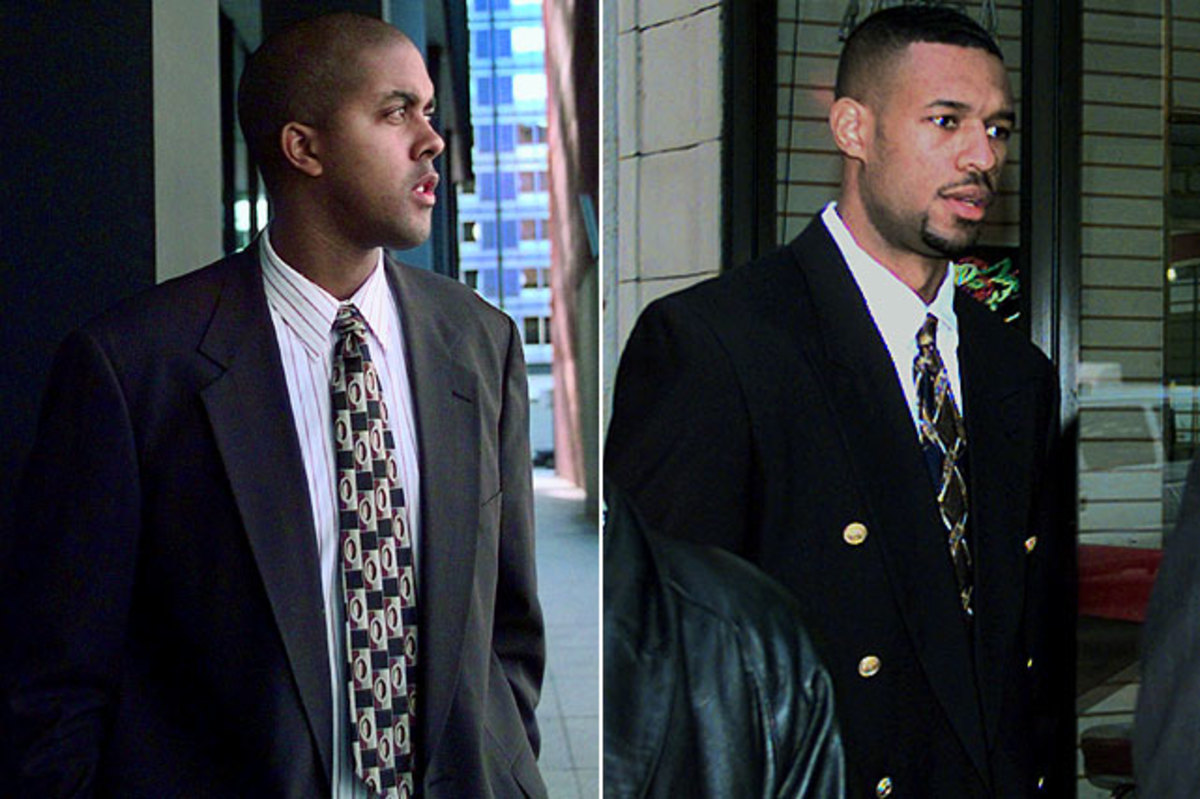
Despite its lowly 5-22 record, Northwestern basketball certainly made headlines during the 1994-95 campaign. Two of the team's starters, Dewey Williams (left) and Kenneth Dion Lee, were charged with fixing the outcome of three Wildcats' basketball games, eventually drawing suspensions. The football team wasn't clean either. Later in the year, four Wildcats' players were indicted for perjury after betting on their own games.
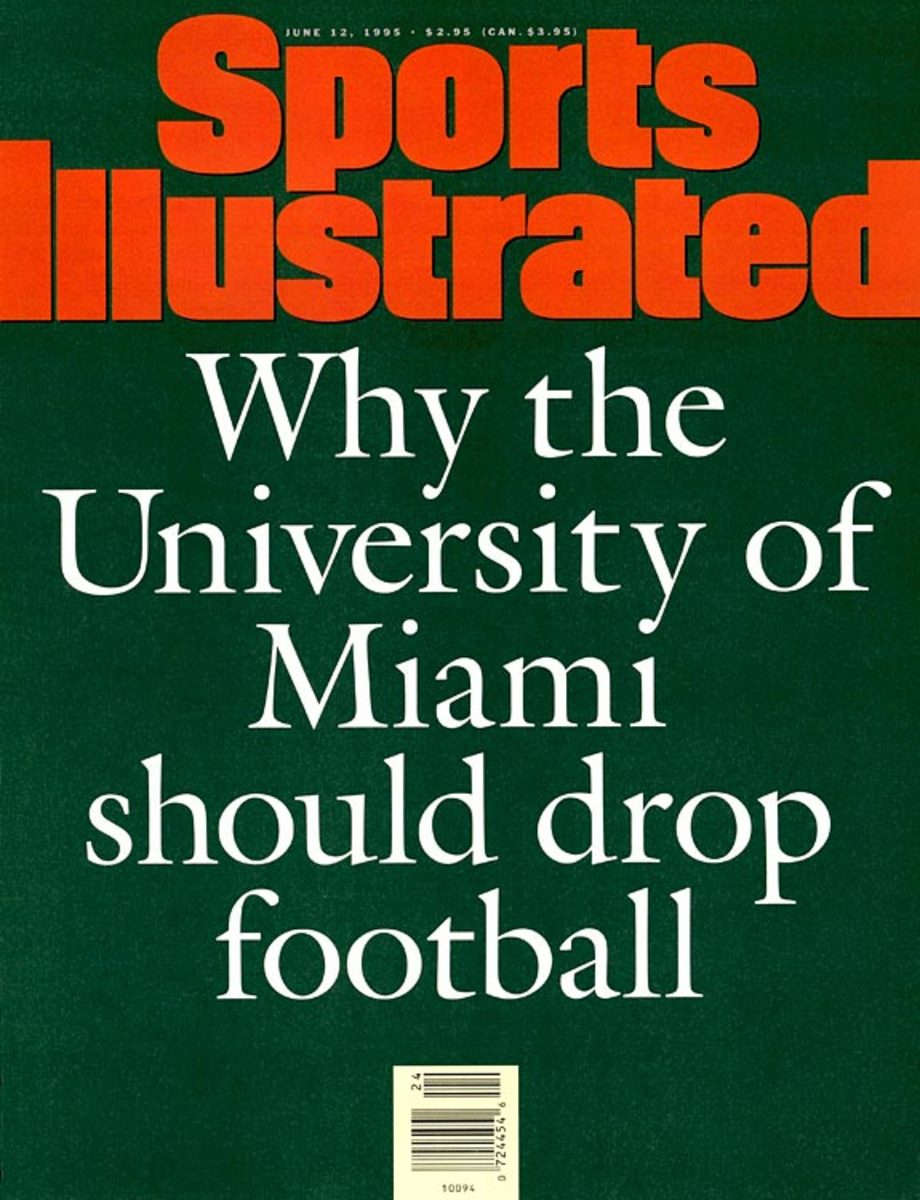
The summer of 2011 isn't the first time Miami has been in major trouble with the NCAA. In 1994, it was discovered that Tony Russell, a then-university academic advisor, assisted more than 80 athletes in falsifying Pell Grant applications to pocket federal grant money. He and players involved obtained more than $220,000 before suffering the consequences: The Hurricanes were docked 31 scholarships, immediately falling from their perch as a national football power.
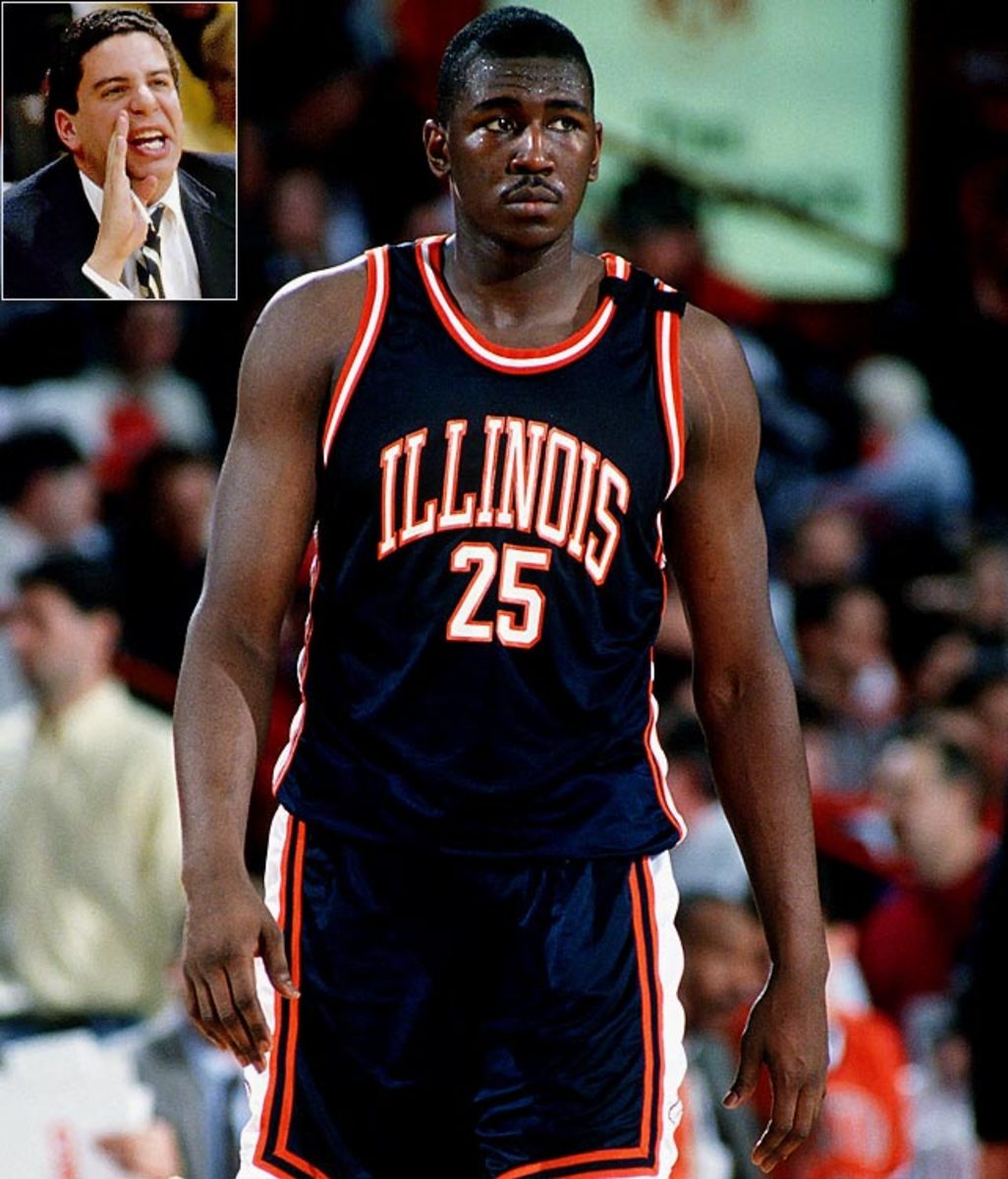
Long before he became Tennessee's head coach, Bruce Pearl was embroiled in controversy as an assistant at the University of Iowa. Pearl, with a slew of other schools, was bidding for the services of top-ranked recruit Deon Thomas, a 6-9 forward and Chicago native. Pearl may have lost the battle -- Thomas committed to Illinois -- but he didn't lose the war. The feisty coach recorded a phone conversation in which Thomas indicated he'd received cash and an SUV from the Fighting Illini, blatant violations of NCAA policy. Though subsequent investigations never turned up substantiating evidence, Illinois was still reprimanded. The program was slapped with a one-year postseason ban for a "lack of institutional control."
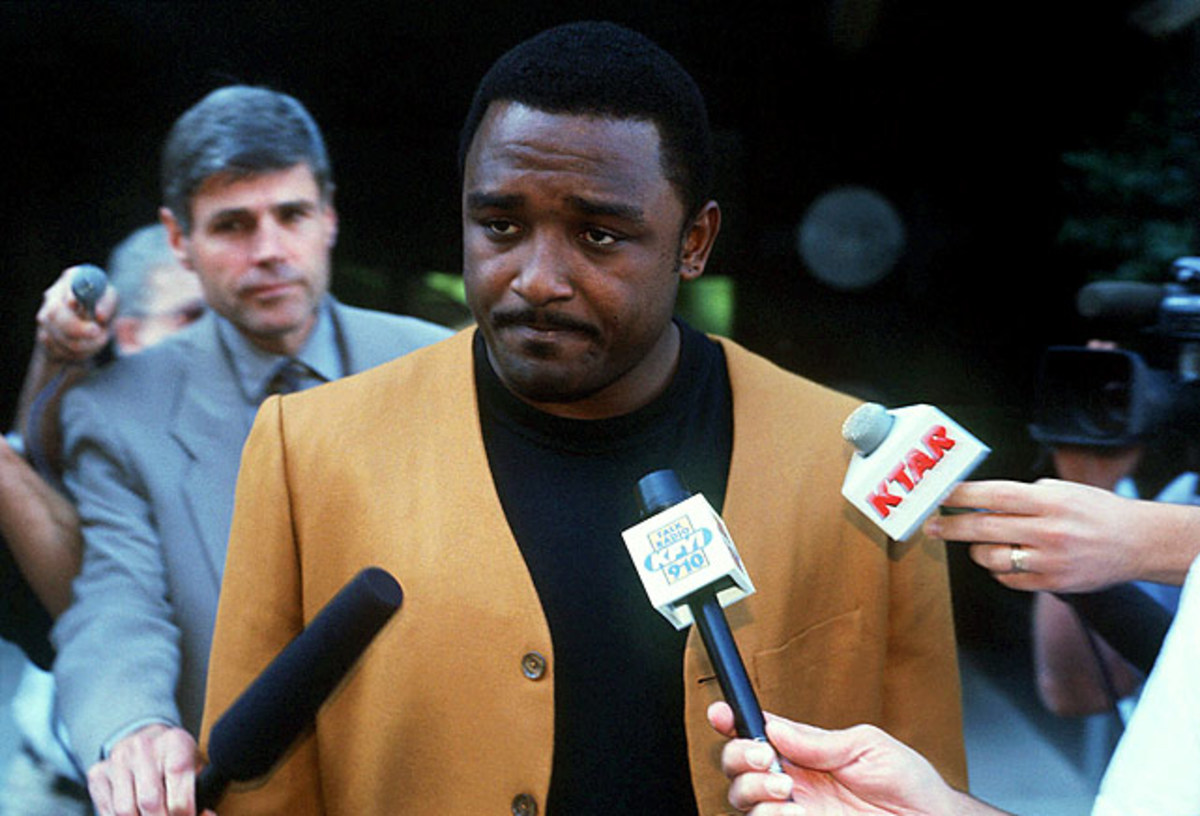
During the Jan. 28, 1994, contest between Arizona State and Oregon State, the fix really was on. Stevin Smith, a then-guard for the Sun Devils, was paid $20,000 as part of a point-shaving scheme. He later admitted to taking bribes during four other games in the season, and was eventually handed a one-year prison sentence in 1997.
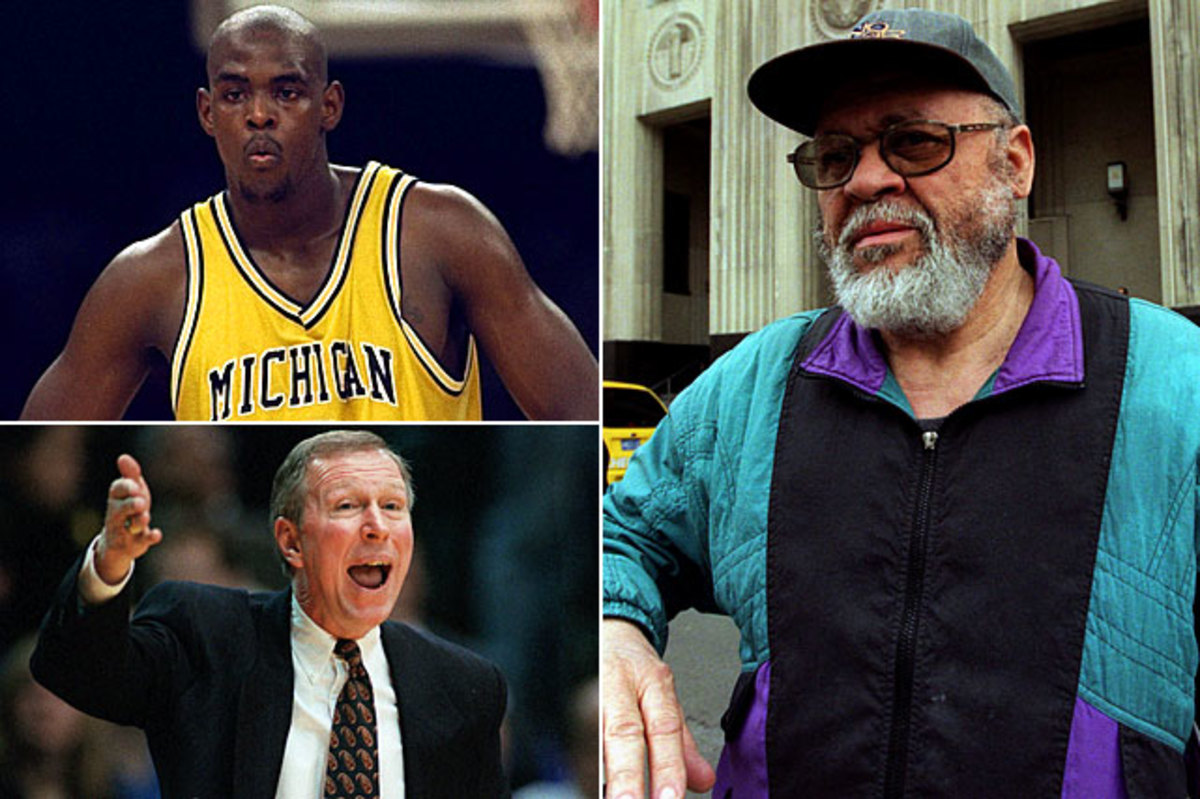
Michigan, led by its flashy Fab Five of Jalen Rose, Chris Webber, Juwan Howard, Jimmy King and Ray Jackson, took the nation by storm during the early 1990s. The group of freshmen stormed to back-to-back national championship berths, though they eventually fell short in both contests. The losses weren't their only downfalls. A later investigation revealed that booster Ed Martin (right) provided $616,000 to Webber, Maurice Taylor, Robert Traylor and Louis Bullock, setting off a number of subsequent punishments. Head coach Steve Fisher (bottom left) was fired, the Wolverines were placed on a two-year probation period and the program was forced to surrender its 1992 and 1993 Final Fours.
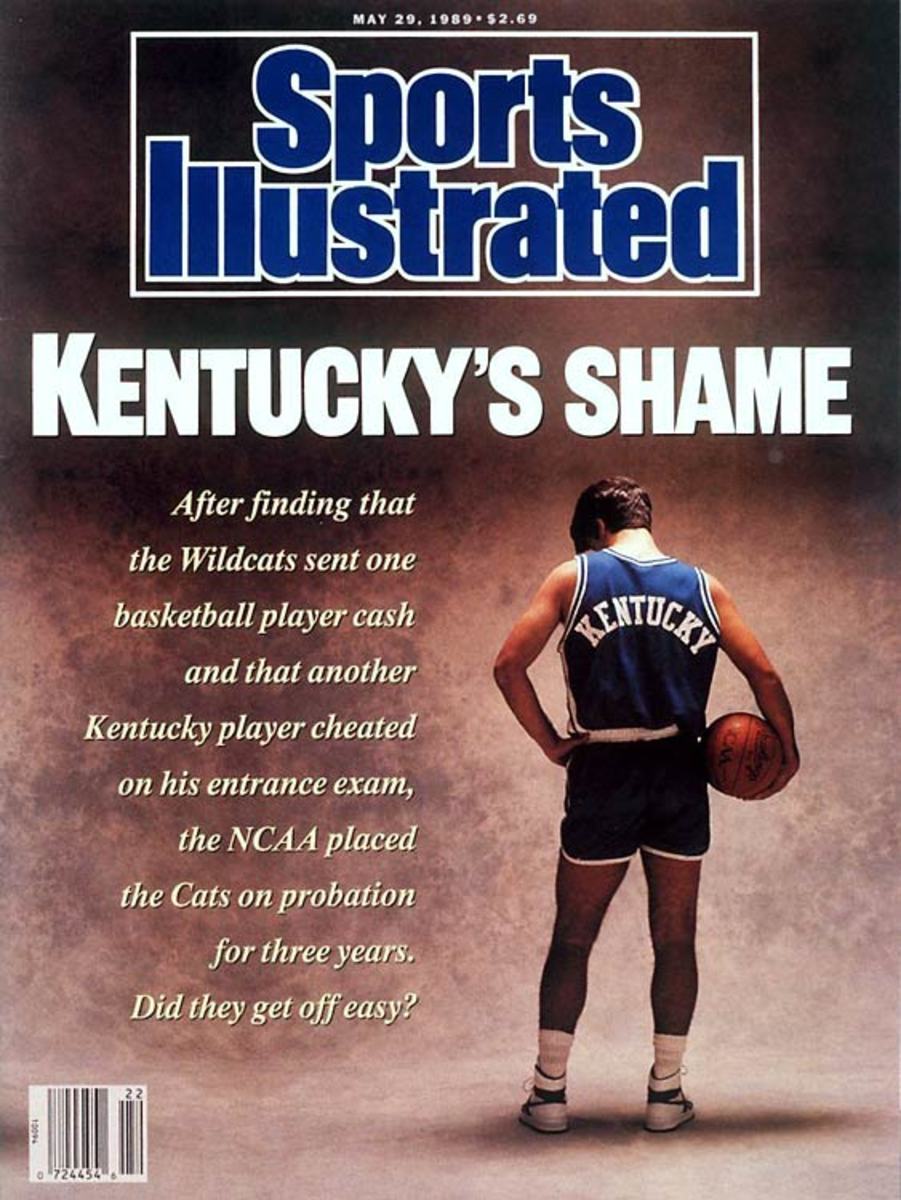
1989 was not a kind year to Kentucky basketball. After finishing a miserable 13-19 -- the team's worst season since 1927 -- it was revealed that the Wildcats committed a number of NCAA violations. Assistant coach Dwayne Casey sent $1,000 to the family of freshman Chris Mills, and the program was found guilty of illegally assisting Eric Manuel on his college entrance exams. As a result, Kentucky was hit with a two-year postseason ban.
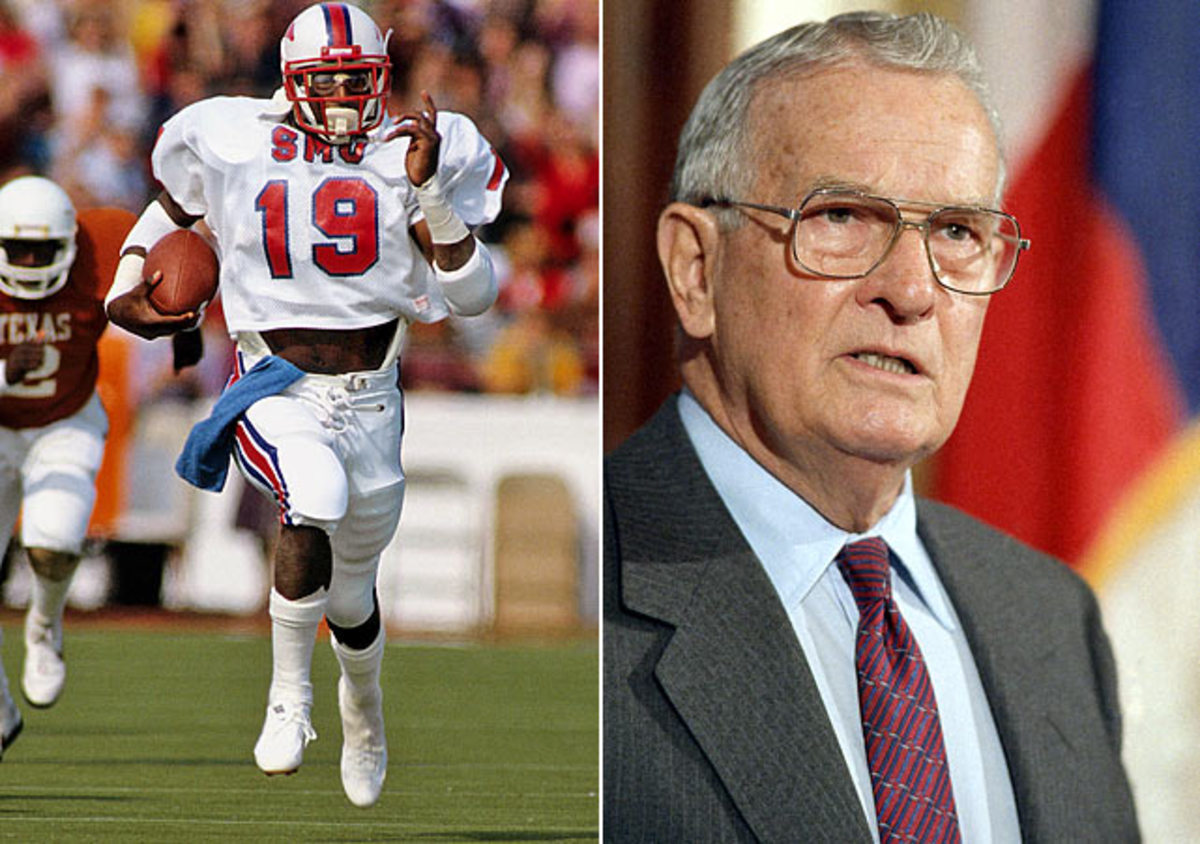
SMU football rolled over opponents during the early- and mid-1980s, with the Mustangs earning the moniker "The Pony Express" for their success on the ground. In 1987, however, that success was ground to a halt. It came to light that boosters had paid players an estimated $61,000 from 1985 to '86, using a slush fund that was approved by former Texas governor Bill Clements. The program was given the "Death Penalty" in return, becoming the first and only college football program to receive that punishment. The Mustangs missed the entire 1987 season.
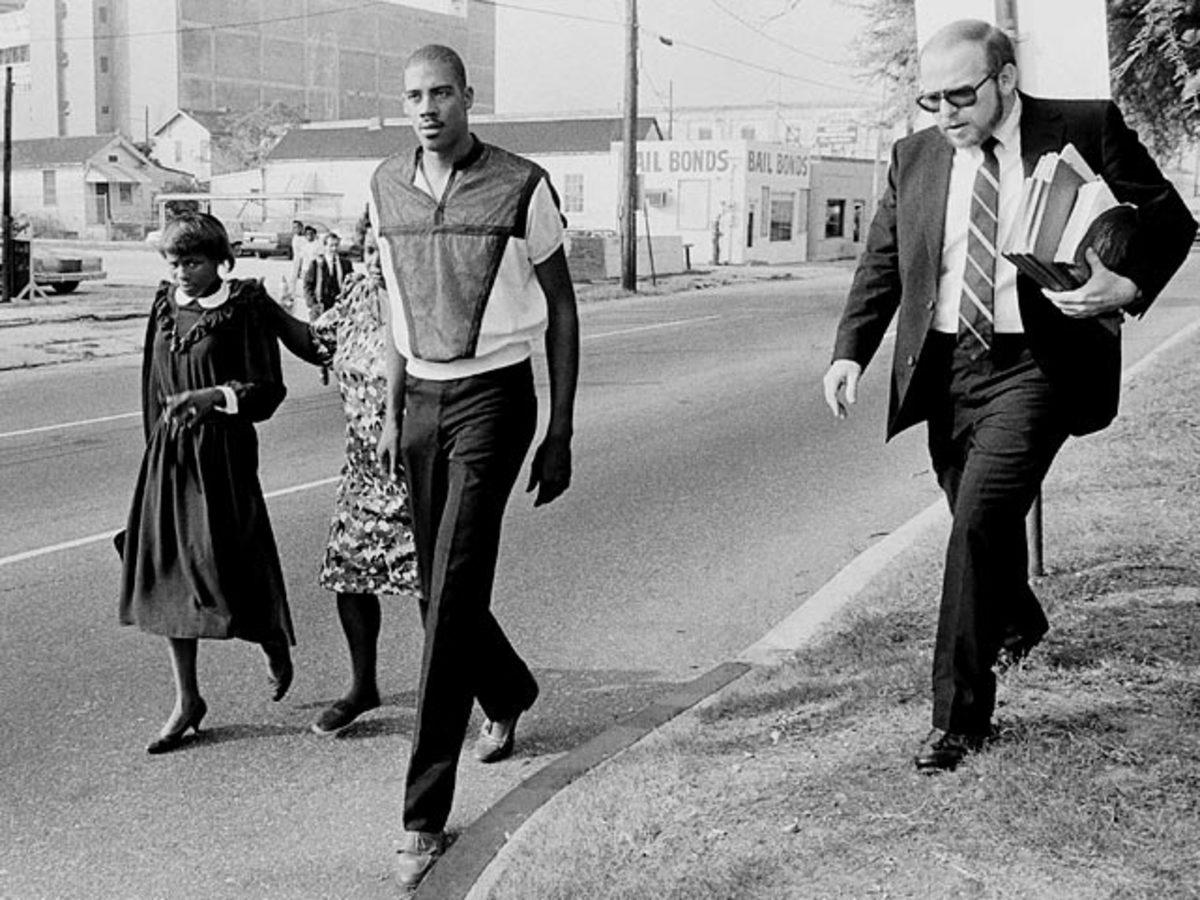
Tulane basketball went from bad to good to ugly during a four-year span in the 1980s. After five consecutive losing seasons, the team transformed into a winner under the guidance of head coach Ned Fowler and star forward John "Hot Rod" Williams. The fun didn't last. It was reported that Williams accepted over $8,550 to alter the point spread in matchups with Southern Miss and Virginia Tech, among others. Though he was later acquitted, Tulane still suffered. The university dropped its basketball program until 1989.
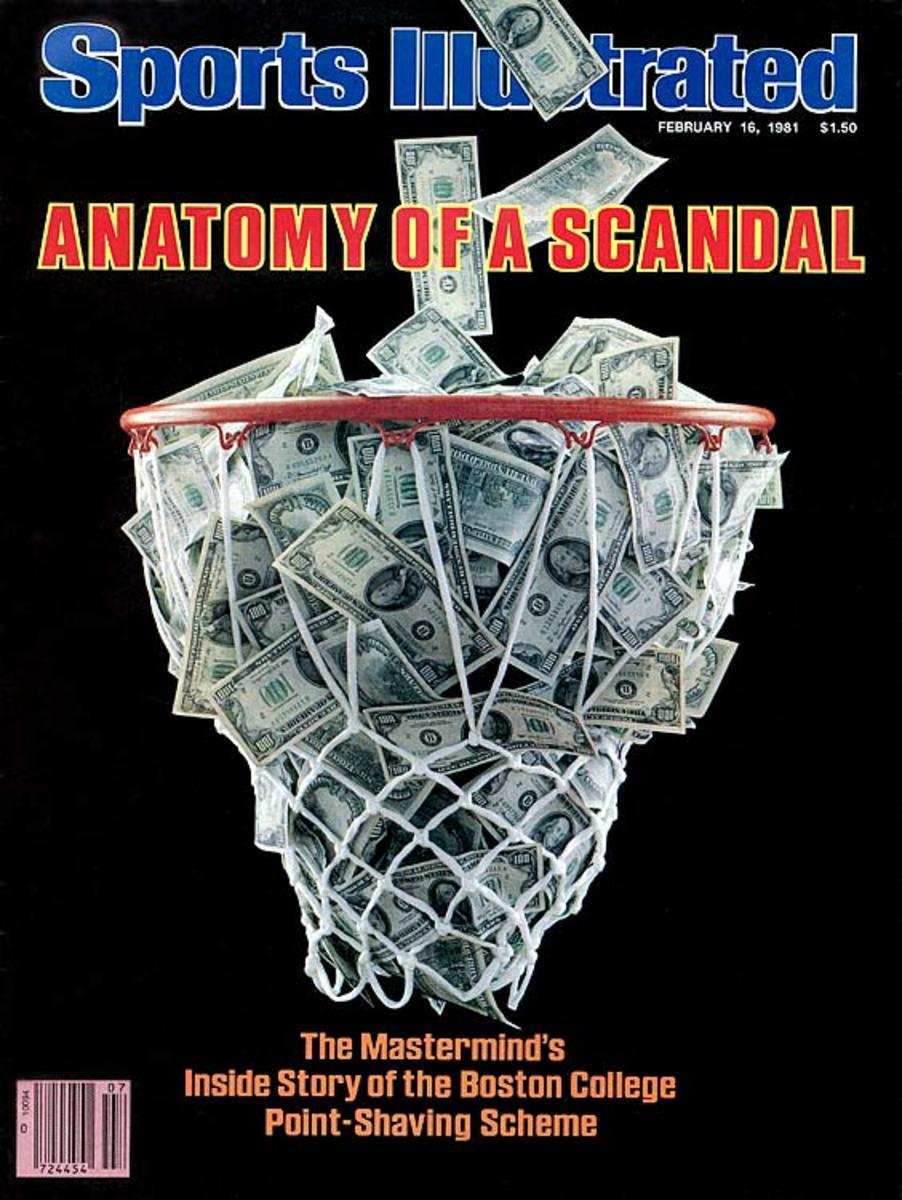
In one of the most well-known point-shaving scandals of all-time, Boston College players Rick Kuhn, Jim Sweeney and Joe Streater teamed up with the Perla brothers (Rocco and Tony), Paul Mazzei and Henry Hill to fix the outcome of nine 1978-79 Eagles' basketball games. Players were asked to fail to cover the spread, and rewarded with $2,500 for each successful result. Their illegal habits caught up to them. After Hill revealed the scheme following his arrest in 1980, each of the players and gamblers was brought to trial. Sweeney and Streater went uncharged, but the rest weren't so lucky. Kuhn, Mazzei and Tony Perla were each given 10-year prison sentences.
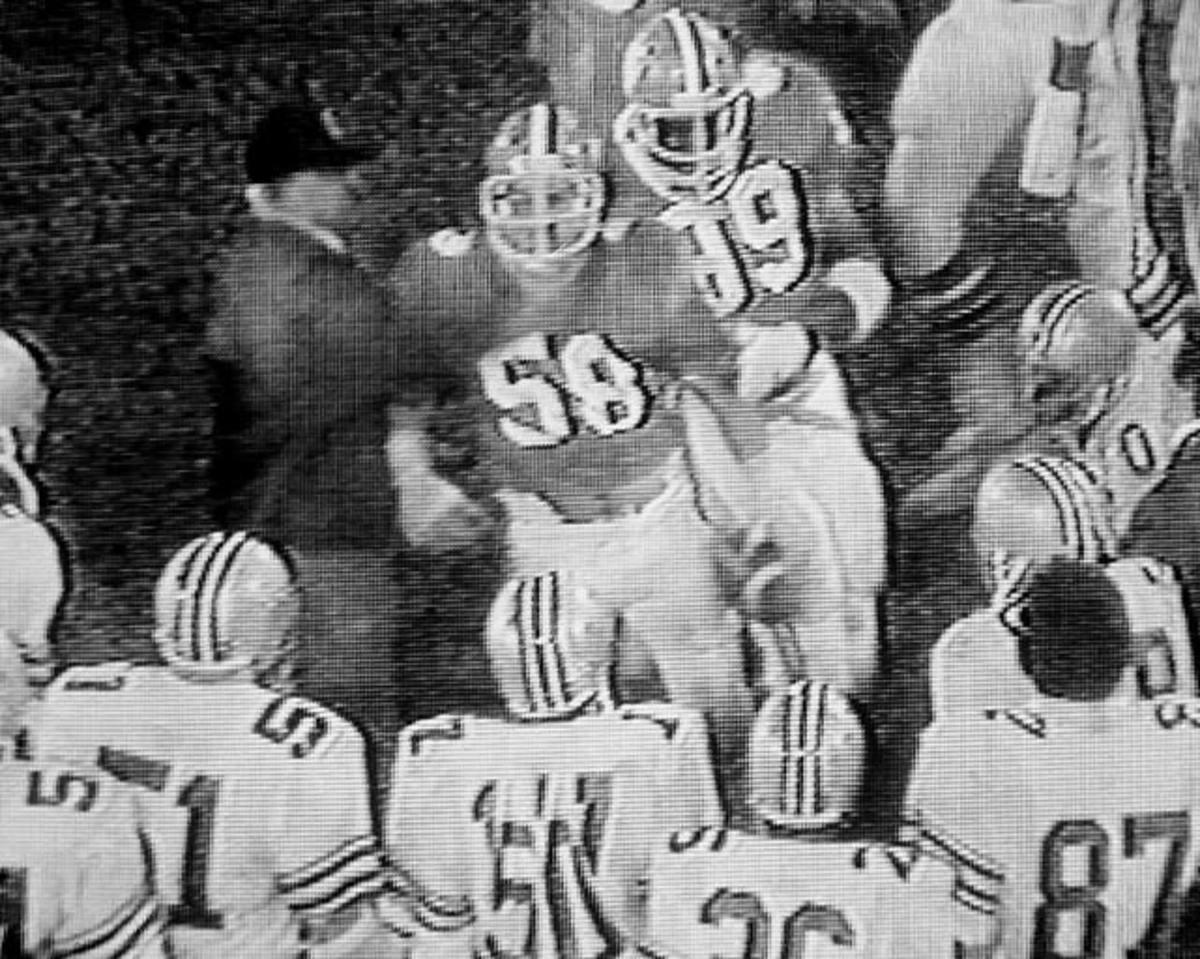
During his 28-year tenure as the Buckeyes' head coach, Woody Hayes compiled 205 wins, 13 Big Ten titles and three national championships. Despite his success, he left under scandalous circumstances. Known for his fiery temper, Hayes famously punched Clemson nose tackle Charlie Bauman after an interception in the 1978 Gator Bowl, spurring a bench-clearing brawl and his eventual ejection. Hayes was fired one day later.
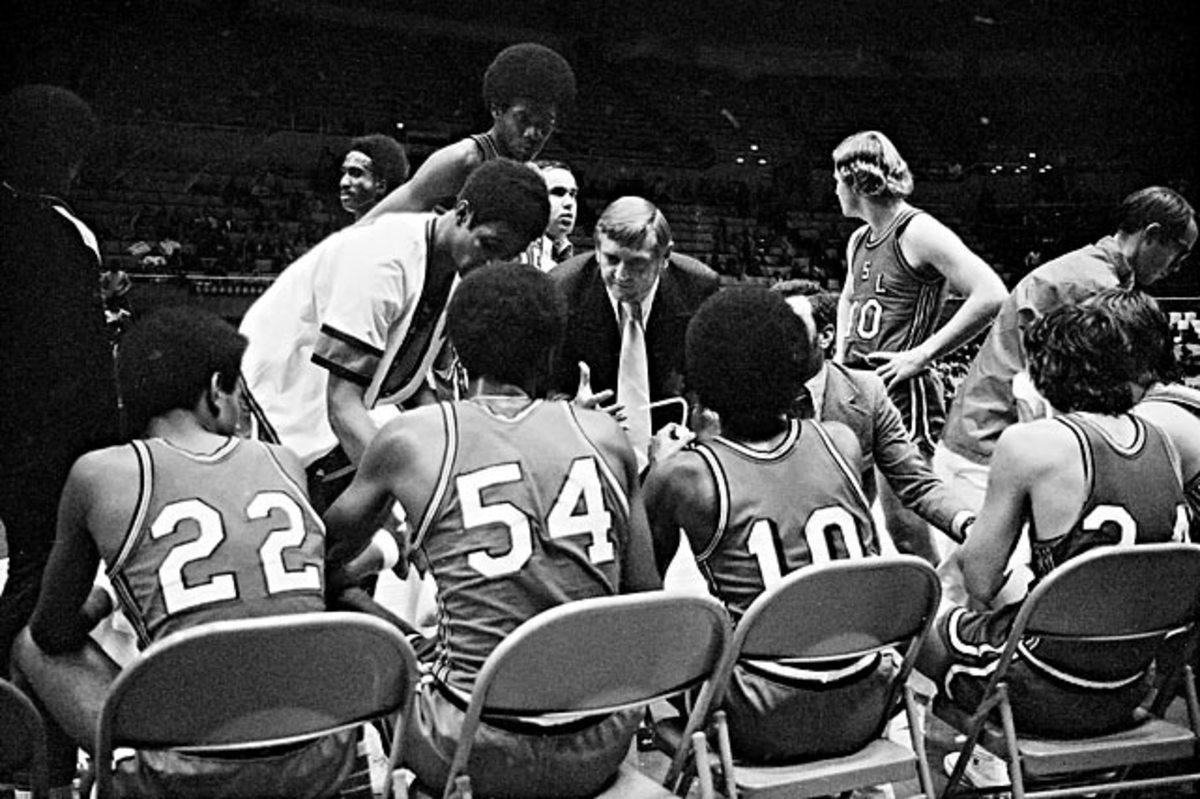
Southwestern Louisiana could seemingly do no right following the 1972-73 NCAA season. An investigation discovered the Ragin' Cajuns guilty of multiple recruiting and financial aid violations, with outsiders supplying scholarship money for several of the team's players. That wasn't the worst of it. The program also allowed players below the minimum 1.6 GPA to compete on five separate occasions, drawing the dreaded "Death Penalty," or a ban on all competition, for two subsequent seasons.
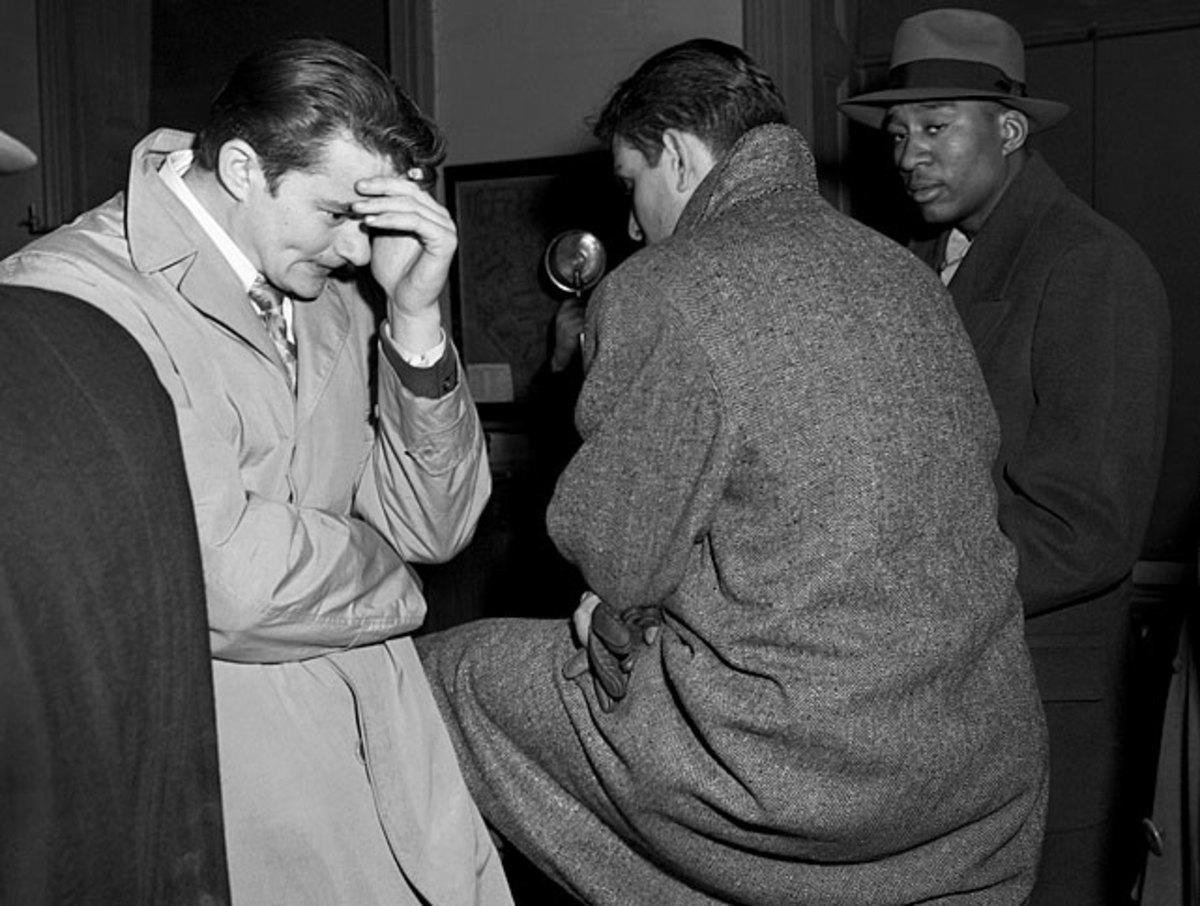
The Community College of New York (CCNY) won both the NIT and the national basketball championship in 1950, entering the new decade on the verge of long-standing success. Instead, it turned out to be decidedly short lived. The Beavers were charged with involvement in a far-reaching point-shaving scandal that dated to 1947, spanning 86 games over the next three seasons. New York District Attorney Frank Hogan arrested 32 players from seven schools for their involvement in the incident, and Kentucky, one of the schools involved, was given a one-year postseason ban. Basketball in the greater New York area was also permanently damaged. The NIT left New York until 1986, and CCNY and NYU descended to the Division-III ranks.
